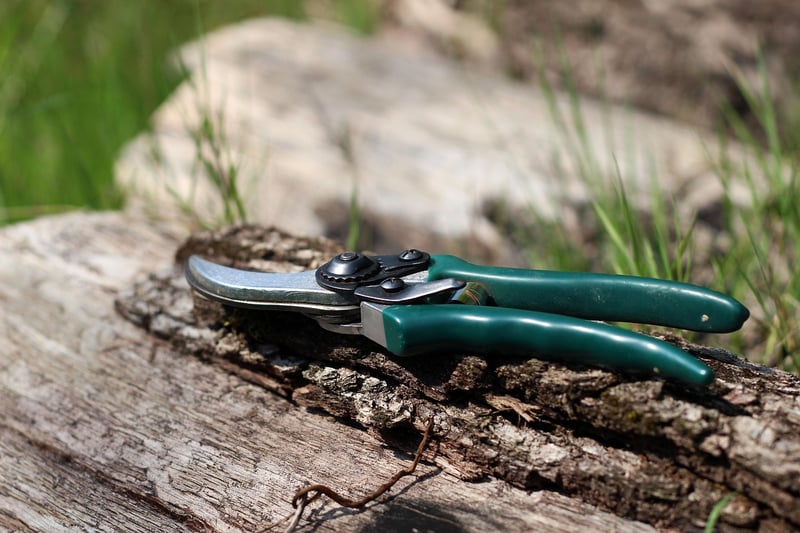Pruning Guidelines
Keeping Your Garden Healthy: Essential Pruning Guidelines
Having a healthy garden requires proper care and maintenance, and one crucial aspect of this is pruning. Pruning helps promote plant health, control growth, and enhance the overall appearance of your garden. Here are some essential guidelines to help you keep your garden in top shape:
1. Understand the Basics of Pruning
Before you start pruning, it's essential to understand the basics. Different plants require different pruning techniques, so make sure you know the specific needs of each plant in your garden. Learn about the best time of year to prune each type of plant to ensure optimal growth.
2. Invest in Quality Tools
Having the right tools can make a world of difference when it comes to pruning. Invest in high-quality pruning shears, loppers, and saws to ensure clean cuts that promote plant health. Keeping your tools sharp and clean will also make the pruning process easier and more effective.
3. Remove Dead or Diseased Branches
Dead or diseased branches not only detract from the appearance of your plants but can also spread infection to healthy parts. Regularly inspect your plants for any signs of disease or decay and promptly remove affected branches to prevent further damage.
4. Promote Air Circulation
Proper pruning can help improve air circulation within your plants, reducing the risk of fungal diseases. Trim back overgrown branches to allow sunlight and air to reach all parts of the plant, promoting healthy growth.
5. Shape and Control Growth
Pruning allows you to shape your plants and control their growth patterns. By selectively removing branches, you can encourage bushier growth, control the size of your plants, and create a more aesthetically pleasing garden landscape.
6. Follow Best Practices
When pruning, always make clean cuts at a 45-degree angle just above a bud or branch junction. Avoid leaving stubs, as they can attract pests and diseases. Take your time and step back regularly to assess the overall shape of the plant as you prune.
7. Seek Professional Help if Needed
If you're unsure about how to prune specific plants or if you have large trees that require pruning, don't hesitate to seek professional help. Certified arborists or gardeners can provide expert advice and ensure that your plants are pruned correctly.
By following these essential pruning guidelines, you can help keep your garden healthy, vibrant, and beautiful year-round. Remember that proper pruning is an investment in the long-term health and vitality of your plants.

Happy pruning!
